Apex Legends officially welcomed its 18th legend to the game with the launch of season 10, Emergence. Seer, the Ambush Artist, offered fans a new recon-style of play and a host of flashy abilities.
Seer players track enemies’ heartbeats and use his fleet of micro-drones to scout out their locations. Seer can interrupt enemies’ actions with his tactical, and his ultimate serves as a way for teams to control an area during a gunfight.
Seer’s abilities were oppressive when he first launched and strong on both defense and offense. He easily outclassed Bloodhound and shook up the meta, becoming a popular pick during the early days of Emergence.
The legend got some much-needed nerfs in an August update, however. While nothing in his kit was radically altered, the power of his passive, tactical, and ultimate were all toned down, turning Seer from a must-pick juggernaut into a recon character with unique strengths and weaknesses.
Related: Seer signs an autograph for an excited MRVN fan in special Apex lobby animation
Here’s how to play Seer in Apex.
Abilities
Passive: Heart Seeker
Seer can hear and visualize the heartbeats of enemies within a 75-meter distance when aiming down sights. This passive also works even if Seer doesn’t have a weapon equipped.
Seer’s heartbeat sensor will trigger every 1.25 seconds. The August nerf to Seer made his passive slightly less valuable before the start of an engagement by increasing its timer to every 1.75 seconds on targets with full health. The ability shows enemies further than 75 meters as a blue spike. The nerf made it harder to detect those enemies and also reduced Seer’s field of view when using Heart Seeker. Despite the nerfs, Heart Seeker is still a powerful fundamental part of Seer’s kit.
- This ability can be toggled on and off, like Gibraltar’s gun shield
- Effective range of 75 meters
- Sensor triggers every 1.25 seconds for targets with less than full HP, and every 1.75 seconds for targets with full HP
Tactical: Focus of Attention
For his tactical, Seer deploys a tunnel-shaped swarm of micro-drones that emit a delayed blast after a brief pause.
The blast scans the area, highlighting enemies caught in its radius and revealing their health bars for eight seconds. Before the nerf, it did 10 damage. It also acted as a flashbang, obscuring the vision of any opponents caught in it and stunning them. It also interrupted enemies’ actions, including revives, legend abilities, and the use of items.
Focus of Attention no longer does damage, flashes, or stuns opponents. Seer’s movement is slowed when aiming the tactical now, and the delay between casting the swarm of drones and the ability triggering was increased from 1.4 seconds to 1.6 seconds. Amazingly, Focus of Attention is still strong.
- Range of 75 meters
- Tunnel of drones is eight meters in diameter
- Interrupts enemy actions
- Reveals enemy health bars for eight seconds
- Goes through walls and other obstacles
Ultimate: Exhibit
Seer throws out a device—similar to what Horizon throws for her Gravity Lift—that creates a dome and reveals the location of enemies moving quickly or firing weapons within the large area of effect (AoE). It also identifies the number of enemies within the sphere and shows this number on the player’s HUD, as well as the HUD of Seer’s teammates. It doesn’t detect enemies who are crouching or in the air, however. The sphere has 135 health and can be destroyed by opponents. Seer’s nerf hit the cooldown time on Exhibit, increasing it to 120 seconds from a mere 90 seconds. Otherwise it remained untouched.
- Large AoE that lasts roughly 30 seconds
- Can be destroyed by opponents
- Reveals location of enemies that are moving quickly or firing weapons in the AoE
- Cooldown of 120 seconds
Strategy
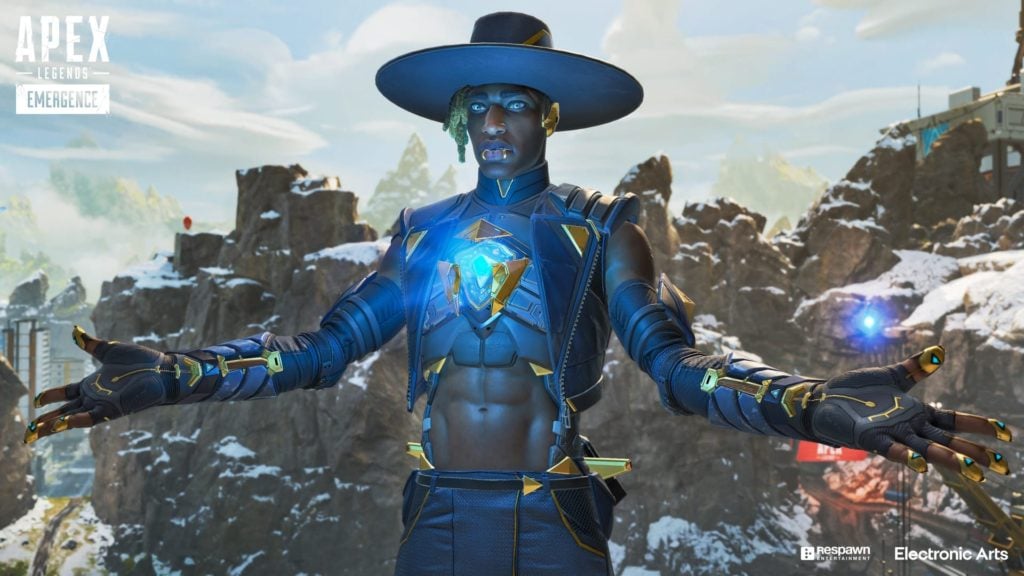
Seer offers a recon playstyle that grants teams advantages in the heat of a firefight, similar to Bloodhound. But unlike the Technological Tracker, Seer’s unique arsenal of enemy-locating abilities must be placed carefully. Luckily for Seer players, the abilities work well when used in concert.
A good Seer frequently uses his passive to identify threats before they arrive, making Seer’s heartbeat sensor a vital part of his kit. Unlike Bloodhound’s scan, Seer’s heartbeat sensor is frequent, with virtually no cooldown despite the nerf to the ability. That means Seer can determine whether there are any enemies around and communicate that information to teammates, all without using a tactical. Use this ability to open fights—or avoid them.
Once Seer’s passive has given you information your opponents likely don’t have, press the advantage with a bit of entry damage. Don’t forget that Seer’s passive has a faster cooldown on enemies below full health, so if you lose track of them, keep Seer’s heartbeat sensor in mind. Once enemies have taken a bit of damage, they’ll likely duck behind cover and try to pop a healing item like a shield cell.
That’s when Seer’s tactical comes in. While Bloodhound’s scan is effective before fights begin, Seer’s scan works best after they’ve already started, though it’s a bit trickier to land. The tactical’s AoE is rather narrow and only extends in the direction you aim it, but that shouldn’t matter much. You should only use it when you’ve already determined the rough location of your enemies, either with Heart Seeker or a visual confirmation, and ideally if they’ve taken a bit of damage.
Always try to cast the ability in opportune moments like when your enemies are healing. Seize an opening and act aggressively. An opponent who’s healing or reviving a fallen ally likely won’t be able to escape the blast’s impact. If you can hit opponents with Focus of Attention, you’ll gain a tremendous advantage in the fight.
Seer’s ultimate can be pressed into use before fights begin. Like his tactical, however, it arguably works best after a fight has already begun, allowing your team to easily finish an enemy squad or shift the tide of the engagement in your favor. Use it to gain information on opponents or to deny space. Anyone caught in the large sphere of drones is revealed, unless they’re crouching or in the air. You can use the ability to look for isolated enemies, secure unexpected angles, or move to a more advantageous position. If the situation isn’t going well, don’t be afraid to leave the area of your ultimate—Seer is no longer such a terrifying figure as he was when he was released, and many players will think nothing of charging into a Seer’s ultimate.
Exhibit can also be a problematic ability because it’s highly visible. The sphere of drones can be seen from far away, and Seers typically only use it when their team is fighting, signaling to all the other players in the lobby that they might be able to pick up some free kill points on distracted, low-health players. If there’s more than one other squad captured by the scanning drones of Seer’s ultimate, consider living to fight another day. It will only work as an effective tool if you have the presence of mind to get out of an area crawling with enemy teams.
Of course, it’s also possible to place Seer’s ultimate at the start of a firefight. That allows you to remain one step ahead of an unsuspecting team and any third parties who might come along. Used this way, Exhibit combines well with Seer’s tactical, too, taking the guesswork out of aiming it. Even though the range on Seer’s ultimate is quite large, it doesn’t move, making it less effective on fleeing opponents. Use it on a team that has turtled up and taken an entrenched defensive position in a multi-story building. Always be aware that the dome lasts roughly 30 seconds, however, so try to make the most of it while you can.
If used to open a fight, the ultimate creates a strong incentive for Seer’s team to finish the engagement quickly, which can work as a double-edged sword: it’s easy to overcommit during Seer’s Exhibit. Knowing where enemies are doesn’t make Seer or his teammates invulnerable. Always be careful.
Lastly, good Seer players understand that Seer is not Bloodhound. Bloodhound’s scanning abilities require little situational awareness, and their tactical can be used at any point in a gunfight to great effect. Seer players have to be more discerning now. Be bold, but not too bold, because Seer has no escape of any kind.
While that lack of mobility might seem to put him in the same boat as characters like Caustic or Gibraltar, their abilities can double as effective deterrents to opponents who might otherwise be compelled to chase them. Players think twice before running through a cloud of Caustic gas or a Defensive Bombardment. Seer has nothing similar, so players who choose the stylish legend need to select the fights they want to take very carefully—particularly if they’re playing solo.


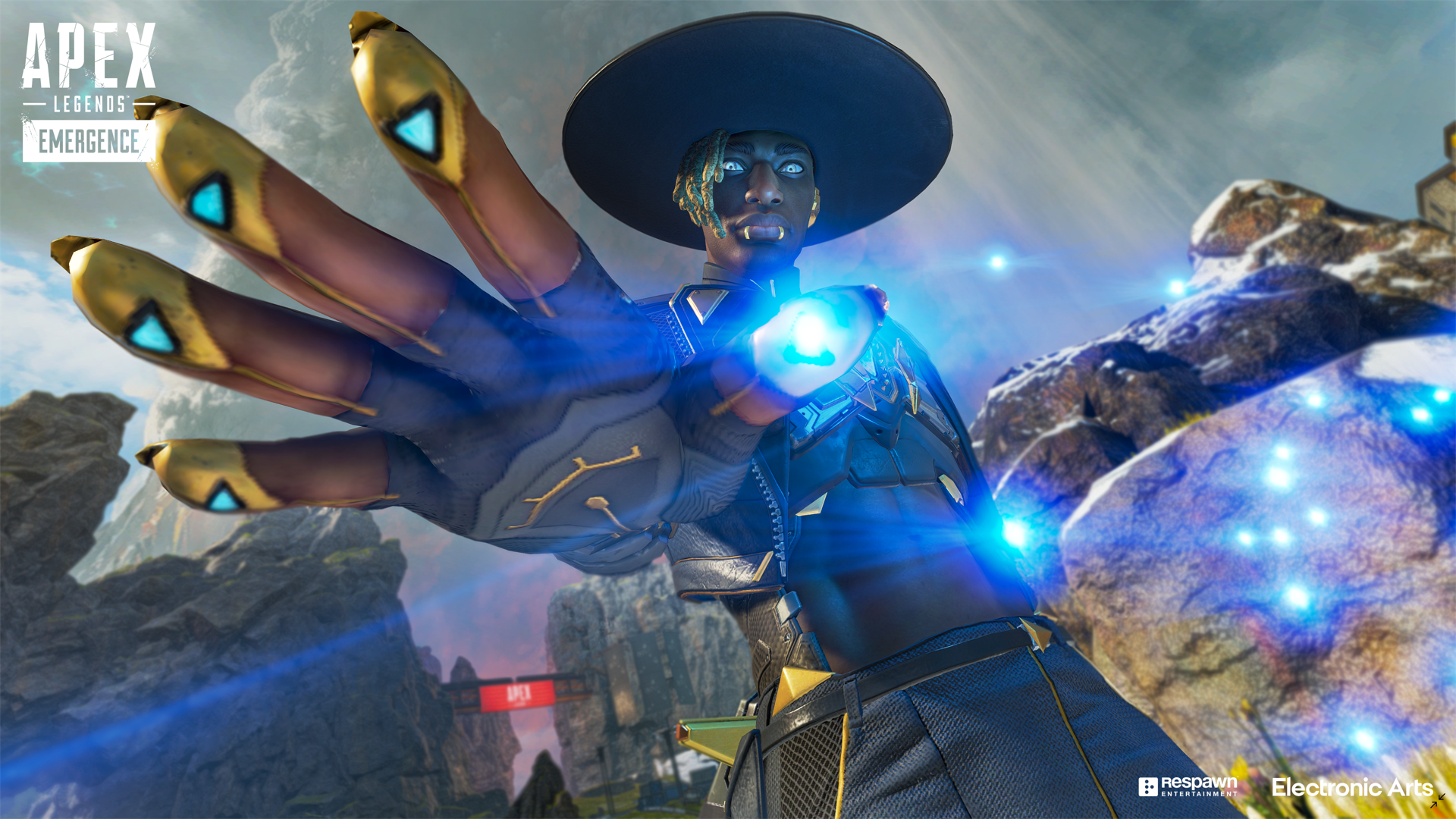
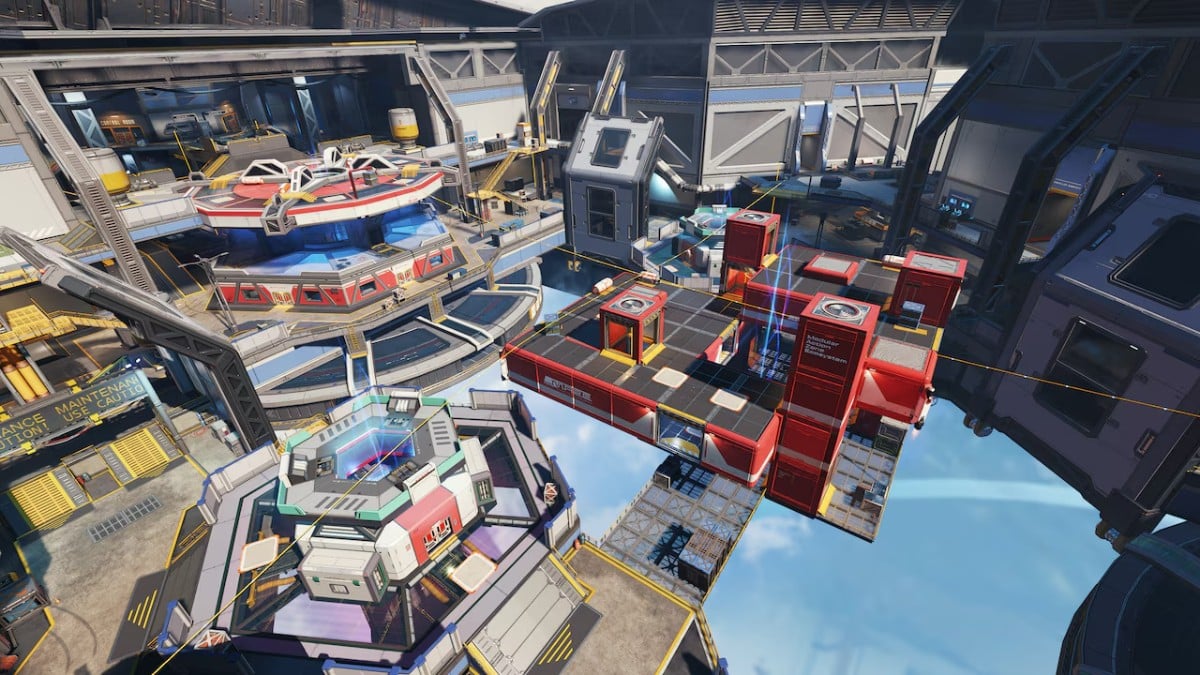
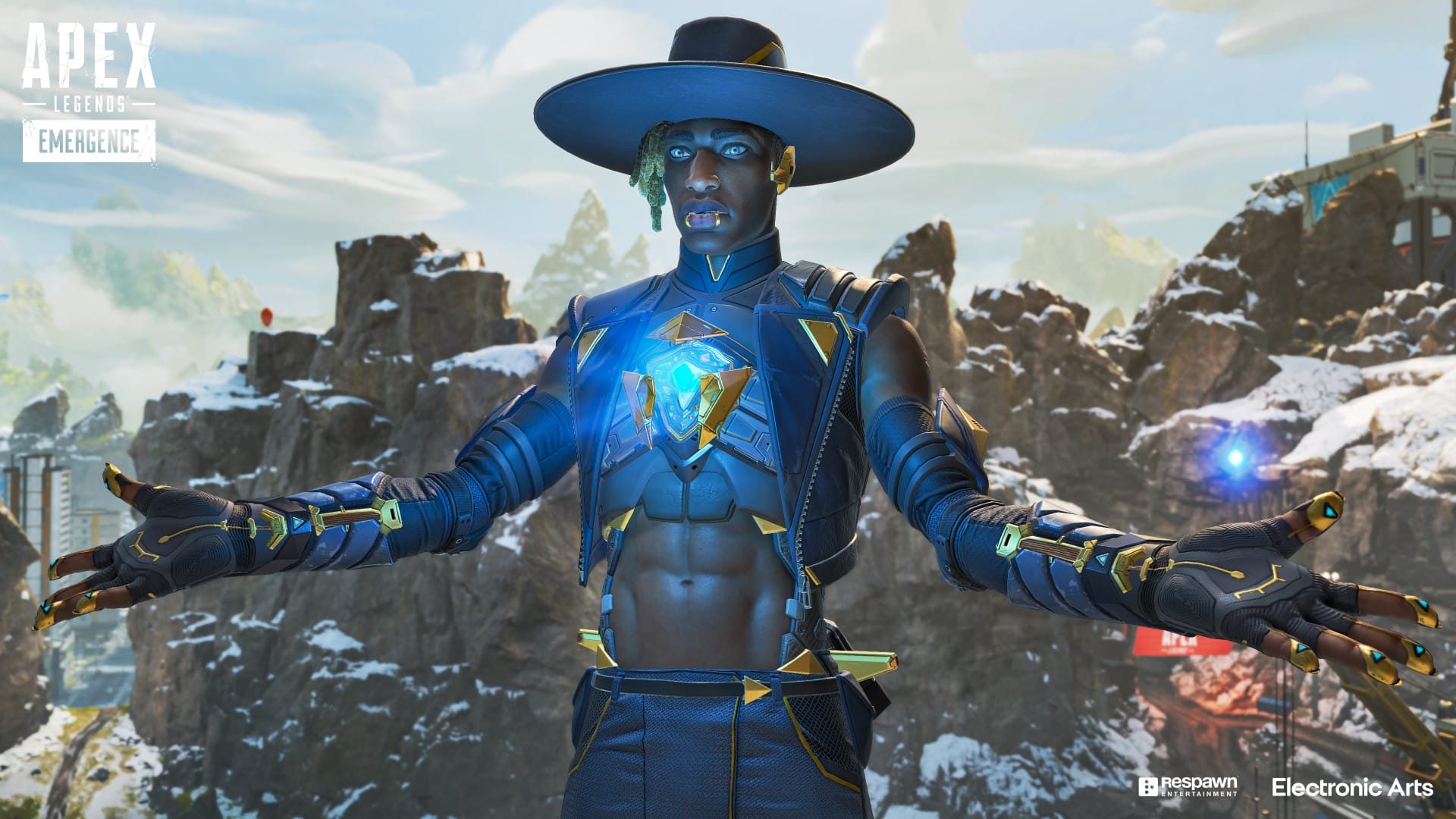
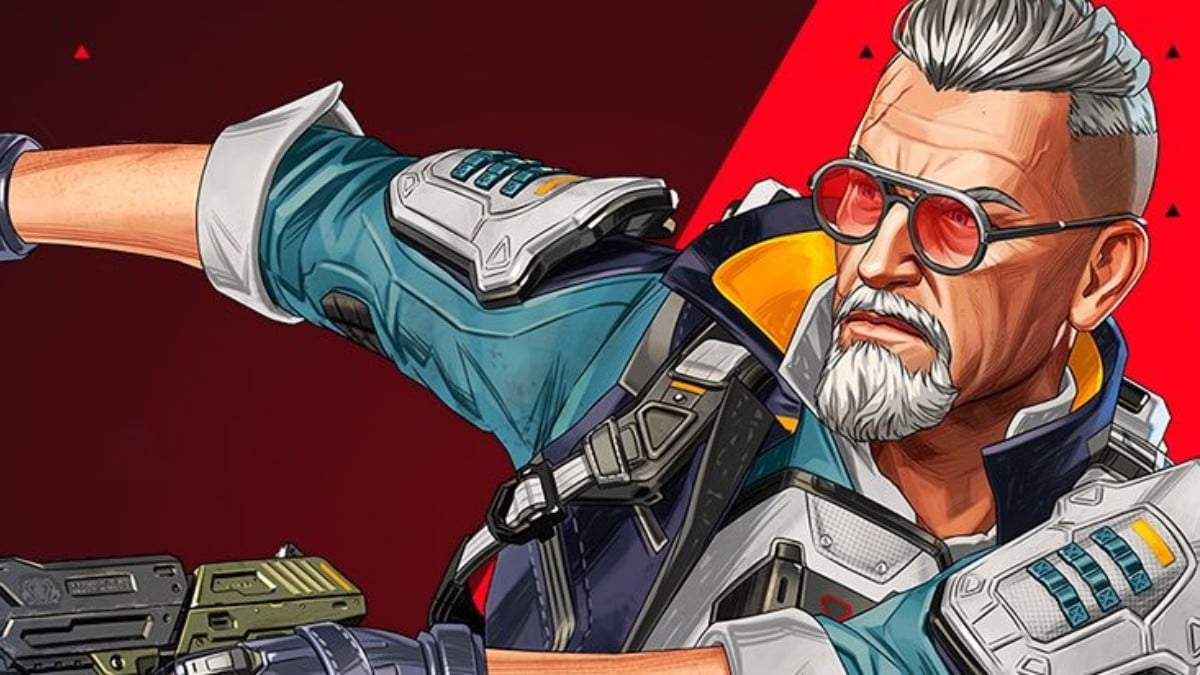

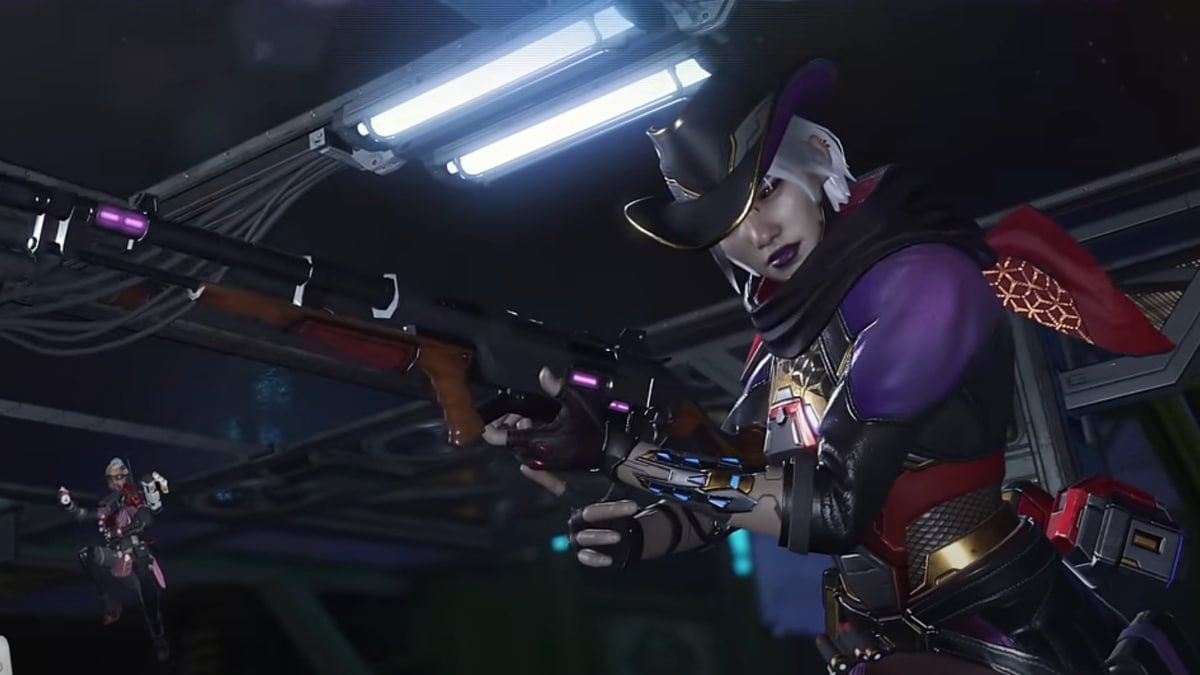

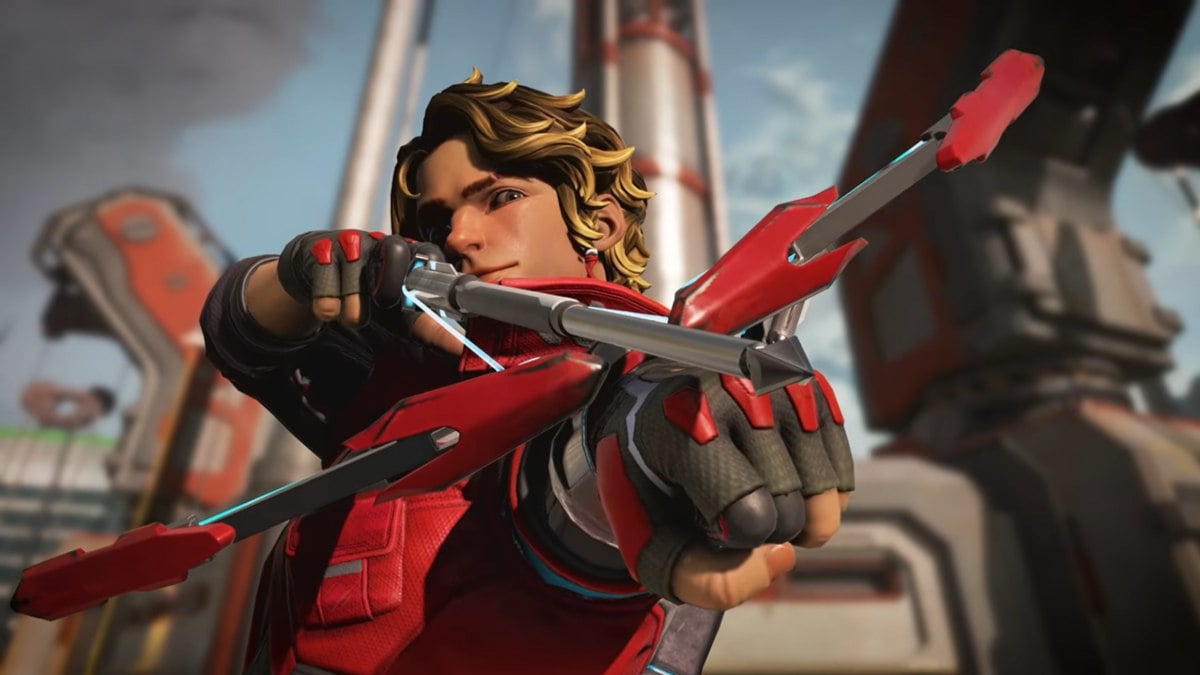



Published: Oct 27, 2021 09:30 am